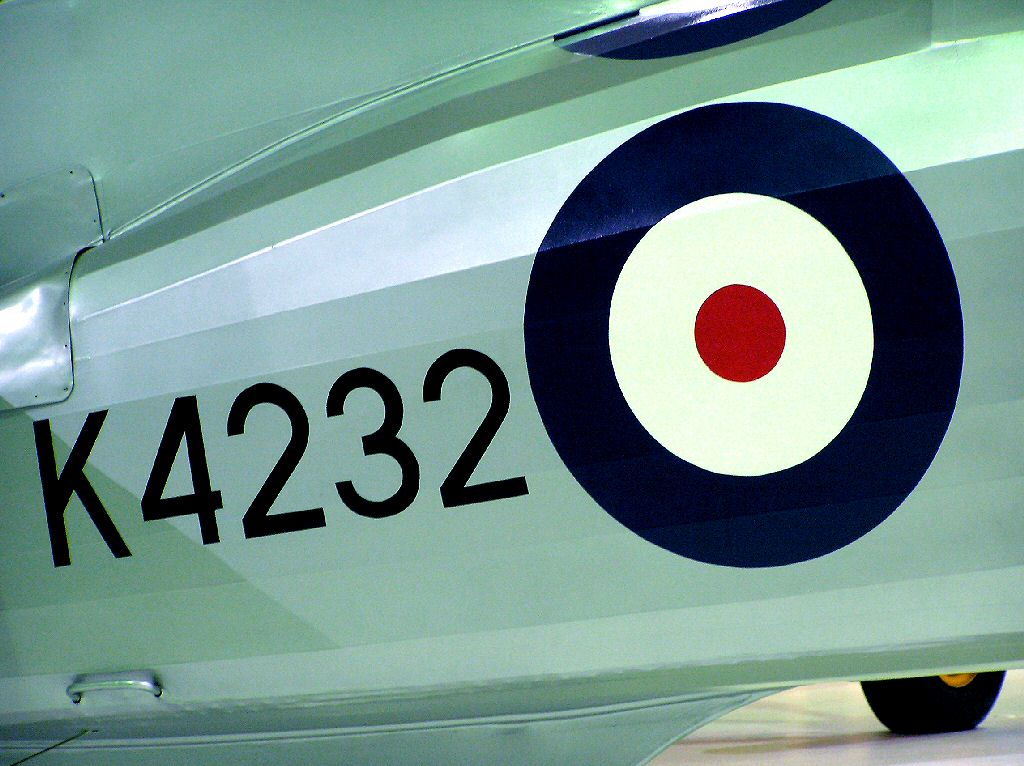|
|
|
How to download the photographic
computer wallpaper www.MooreWallpaper.com Tell your friends about us, e-mail them! |
|
WW2 Royal Air Force Avro Rota Mk 1 Cierva Autogiro C30 A The Royal Air Force Avro Rota Mk 1 was the forerunner to the helicopter. It was a Cierva Autogiro C30A built under licence by A V Roe & Co Ltd. They were first delivered to the RAF in 1934. The first 12 were given serial numbers K4230, K4231, K4232, K4233, K4234, K4235, K4236, K4237, K4238, K4239, K4296 and K4775. They were issued to the British Army School of Cooperation at Old Sarum, Salisbury. 1448 Flight at Duxford were equipped with Avro Rota Mk 1 Autogyros in 1940. No.529 RAF Squadron at RAF Halton were also equipped Avro Rota Mk1s to be used to assist the new Secret Radar Sites to calibrate their equipment. The were instructed to fly out to a known distance and height. The Radar operators could then use their position to tune their equipment to make it more accurate at spotting enemy bombers and fighter approaching the South Coast of England during the Battle of Britain. Some Autogiros were in civil ownership and at the beginning of the war they were impressed into military service. Juan de la Cierva constructed a series of autogyros in Spain, An autogyro differs from a helicopter in that the rotor spins freely to give lift, while a propeller provides the forward motion. He perfected the design, and then moved to Great Britain in the mid-1920s. Avro built the first few British Cierva autogyros. Juan de la Cierva soon founded his own company, Cierva Autogiro Co, and licensed production rights to his designs to many companies all over the world. He was killed in a civil aviation accident at Croydon airport in 1936. The Cierva C.30A was the production version of his two-seat autogiro and flown in prototype form in 1933. it was an important stage in the history of helicopter development as the rotor could be spun up by the motor. This shortened the take-off run to about 30m. The other major development was that the rotor disc could be tilted by the pilot to manoeuvre the aircraft. The British Government Air Ministry originally called the Avro Rota Mk1 a 'Gyroplane' but by 1941 the official name had been changed to 'Rotaplane'. The single engine engine was geared directly to drive the rotor blades for take-off and it also maintained the forward movement. It could cruise at about 95 mph. Its maximum speed was about lOOmph (161 km/h). It could initial climb, 700ft/min (3.56 ml sec). Its official service ceiling is recorded at 8,000 ft (2,438 m). The Avro Rota Mk1 had a Range of, 250 miles (402 km). The Cierva C40 did not need a running start as it could take off vertically in a ‘jump start’ by the pilot releasing the clutch. The Cierva C40 was produced by British Aircraft Manufacturing Co as the Rota MkII and they served with No.1448 Flight (later 529 Squadron). With the driving force of Juan de la Cierva gone after his death and Sikorsky's development of efficient helicopters, which used some of the inventions of de la Cierva, the autogyro concept declined in popularity. AVRO produced about 70 Avro Rotas. You can see preserved Cierva C-30/Avro Rotas in the Museum of Science and Technology in Stockholm, The Fantasy of Flight in Polk City, Florida, USA, the Powerhouse Museum in Sydney, Australia, the Aviodrome in Lelystad, the Netherlands, the National Museum of Science and Technology in Milan, Italy, the Helicopter Museum in Weston-Super-Mare, the Shuttleworth Collection in Old Warden, the Science Museum in London, the Imperial War Museum in RAF Duxford, and at the Royal Air Force Museum in Hendon, London. Helicopters - Military Airforce Aircraft Airshow There are many International Air Tattoos and air shows like the one at Fairford Air Base, Duxford, Farnborough, Biggin Hill, Cosford, Eastbourne AirShow, Abingdon UK air show, Boscombe Down UK air shows, Greenham Common, Mildenhall air fete where you can have fun with all the family looking at static aviation displays as well as the acrobatics in the air. You can see many of these planes, Supermarine spitfire, tornado, battle of Britain fighters, warbirds, vulcan,, Lancaster, lightning, mosquito, Eurofighter, VC10, DC10 Shackleton, jaguar, typhoon, sabre, super sabre, delta dart, talon, phantom, falcon, thunderbirds, eagle. Learjet, lockheed, Douglas, McDonnell Douglas F-15A Eagle, McDonnell Douglas AV-8B Harrier II USMC, Vought F4U-5NL Nite-Corsair, McDonnell Douglas A-4F Skyhawk USMC, Lockheed HC-130H Hercules, Lockheed P-38J Lightning, Curtiss P-40E Warhawk. North American P-51D Mustang, Republic P-47B/D Thunderbolt Razorback, Bell P-39D Airacobra , Northrop P-61B Black widow, Martin B-26B/C Marauder, North American B-25B/C Mitchell, B-24J Liberator, Boeing B-17G Flying Fortress, Boeing B-29 Superfortress, Zero, Hawker Hurricane, Junkers Ju 52, Messerschmitt Me 110C, Messerschmitt Bf 109E, Focke Wulf Fw 190A, Panavia Tornado RAF, Grumman A-6A Intruder, Grumman F-14A Tomcat, Douglas F-18A Hornet USN, Lockheed S-3B Viking, Grumman E-2C Hawkeye, Lockheed C-130H Hercules, Lockheed C-5A/B Galaxy to name but a few |
www.MooreWallpaper.com Add our site to your 'Favorites' list now!
![]()
![]() (Website
design by Craig
Moore, London, England)
(Website
design by Craig
Moore, London, England)
